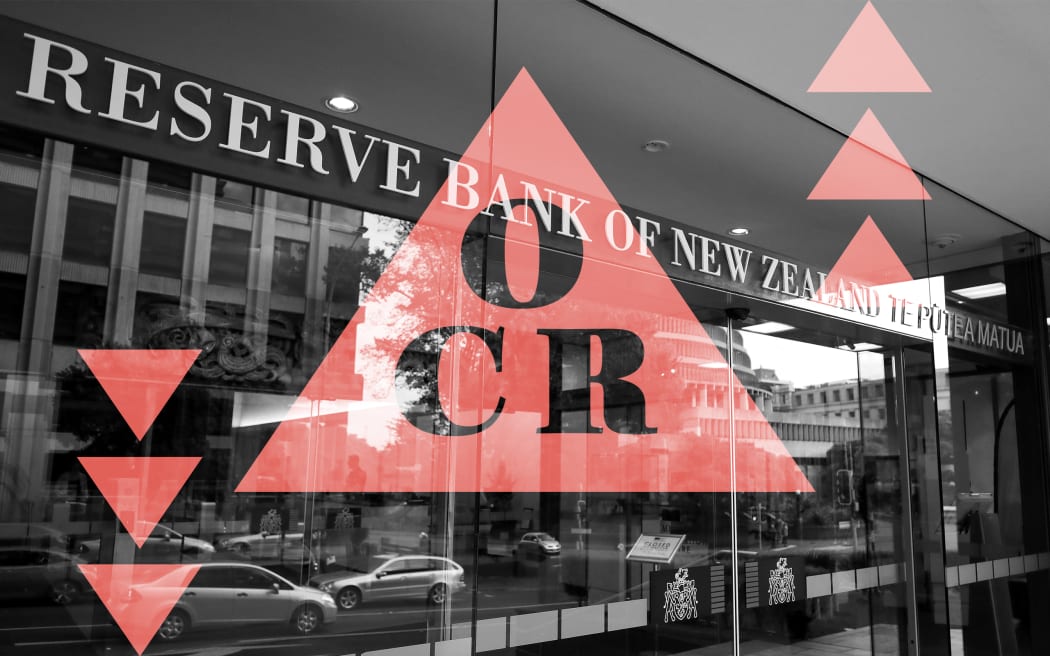
The central bank played safe with a smaller rate cut, which it had signalled in February after three consecutive larger cuts.
"Economic activity in New Zealand has evolved largely as expected... Higher-than-expected export prices and a lower exchange rate have supported primary sector incomes and overall economic growth," the Monetary policy Committee (MPC) said in a statement.
Economists had overwhelmingly forecast the more modest cut, as the economy remained fragile with various headwinds keeping households and businesses cautious about spending and investment, as well as the likelihood of higher unemployment.
But they have also said the RBNZ should take a calm and moderate approach, given the uncertainty around the world triggered by the United States move to impose tariffs on all imports.
Weak outlook, but more cuts
The RBNZ acknowledged growing risks at home and globally may hamper economic recovery and stoke inflation.
"The recently announced increases in global trade barriers weaken the outlook for global economic activity. On balance, these developments create downside risks to the outlook for economic activity and inflation in New Zealand.
"As the extent and effect of tariff policies become clearer, the committee has scope to lower the OCR further as appropriate."
The record of its meeting said there were potential plusses and minuses for New Zealand from the tariffs ranging from increased trade protectionism, weaker exports, and weaker growth on one hand through to cheaper oil on the other.
The committee did not appear to have discussed the possibility of a bigger rate cut.
Several retail banks - including ASB, Kiwibank and Westpac - immediately cut their floating rates in response.
Earlier on Wednesday, Finance Minister Nicola Willis was adamant the government would not overreact to world events outside its control.














